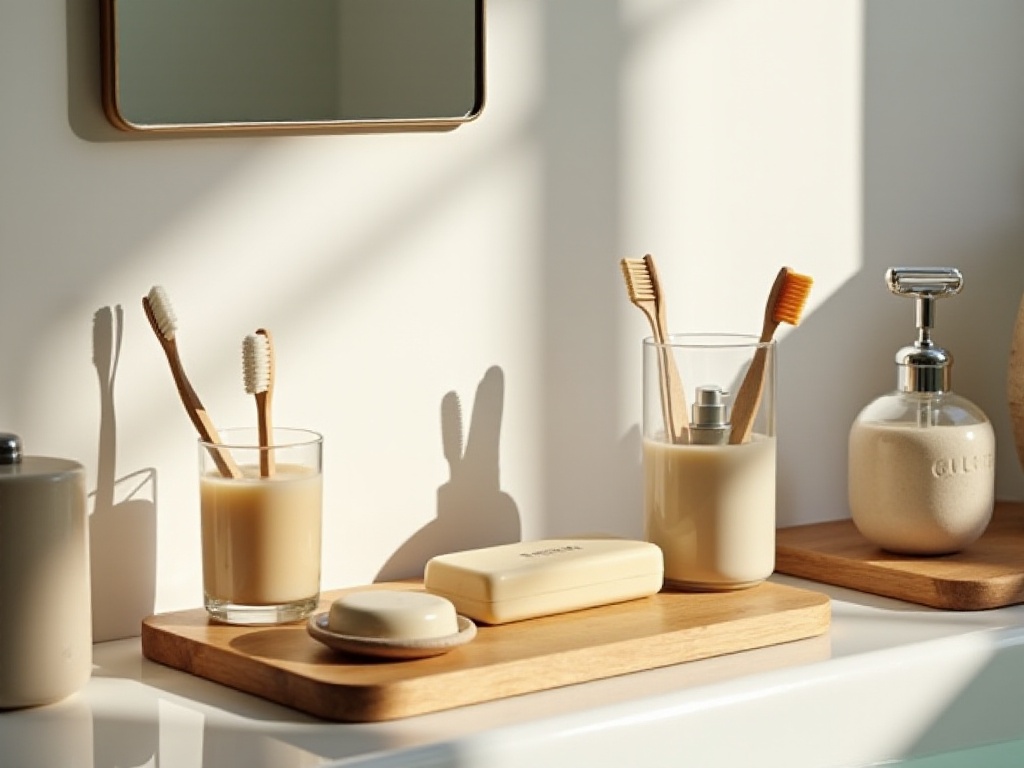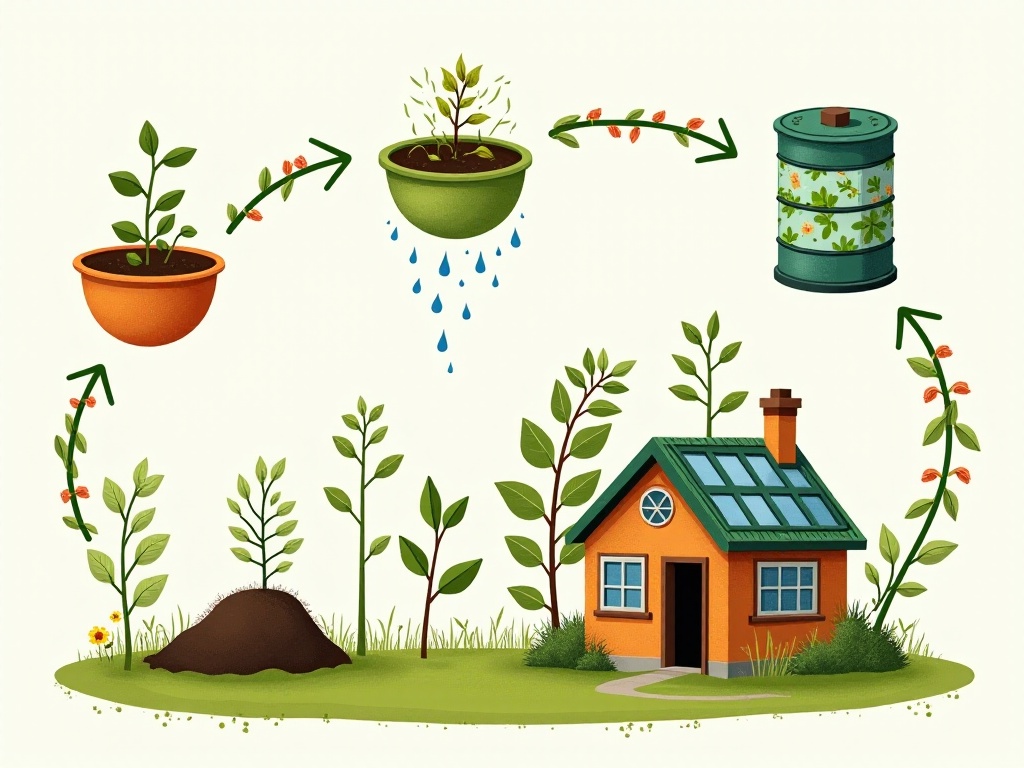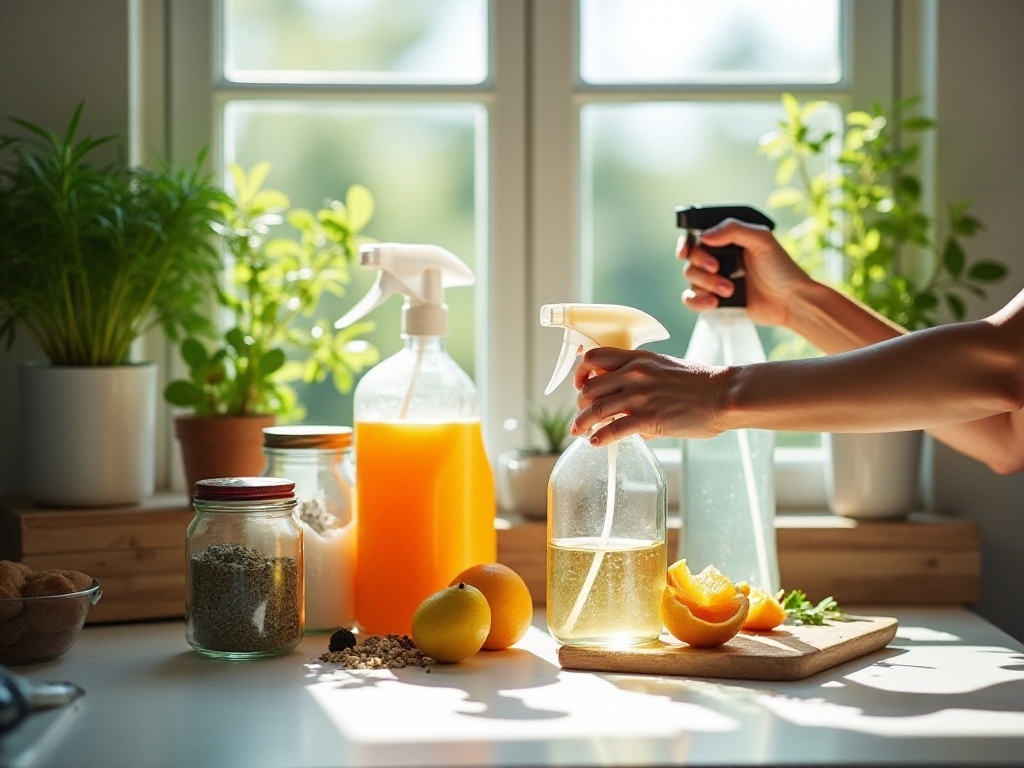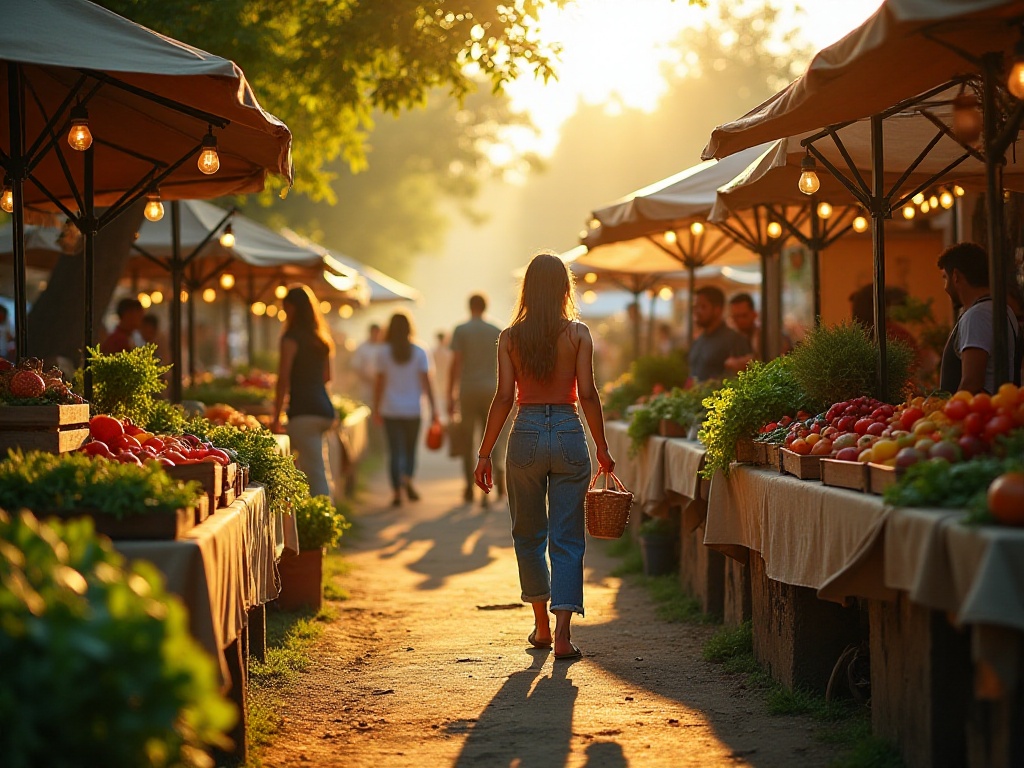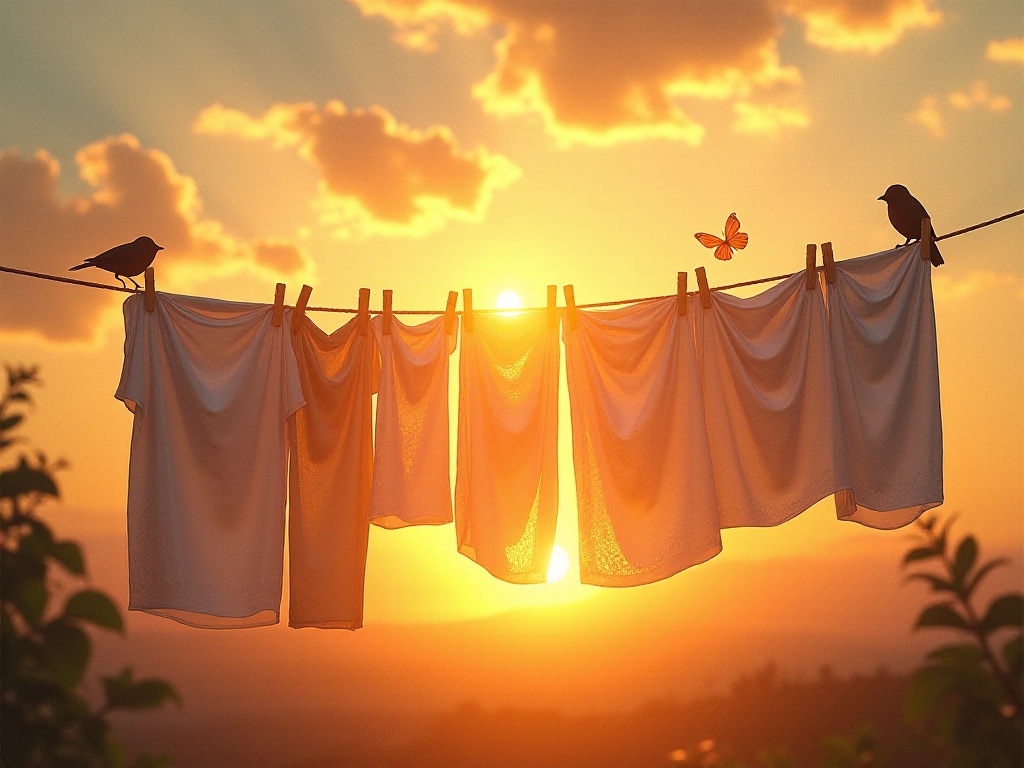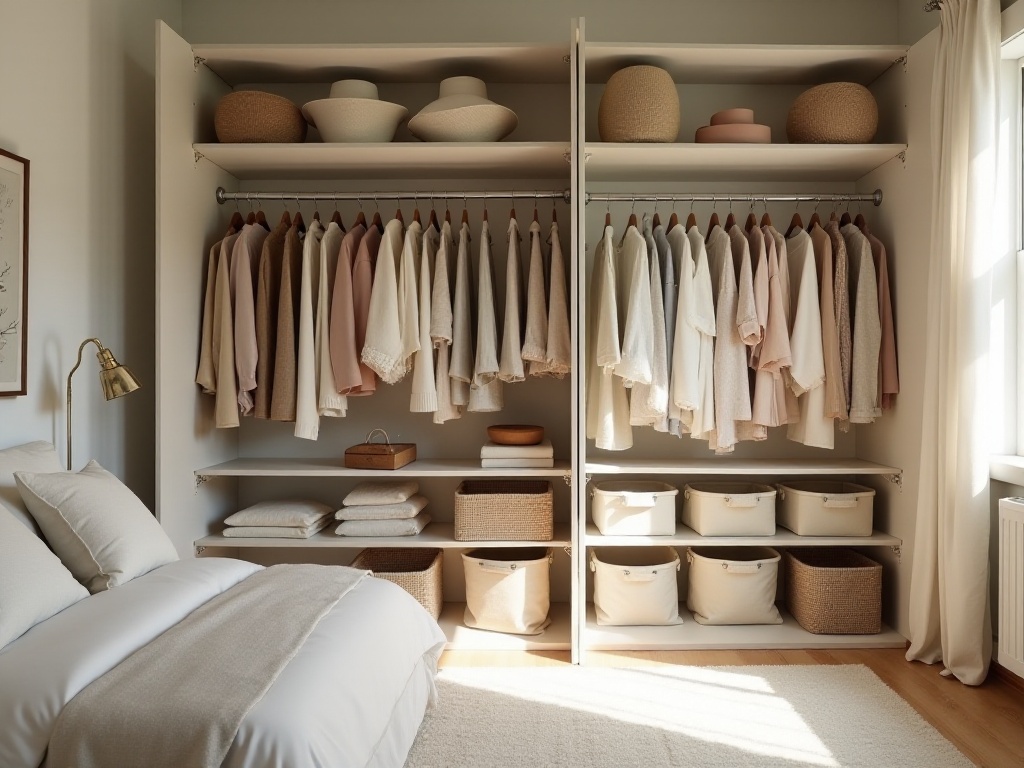Introduction
Hi everyone! As a post-95s content creator who's passionate about zero-waste living, I'd like to share my personal experience. When I first started my zero-waste journey, I was completely overwhelmed! I thought this lifestyle was incredibly sophisticated and required a complete overhaul of my life. However, after years of trial and error, I discovered that zero-waste living is actually super simple with the right approach! Today, I'll share my real experiences to show you how to create your own zero-waste lifestyle step by step.
A New Shopping Mindset
Speaking of shopping, I really need to vent about my old shopping habits. I remember coming home from the supermarket once with enough plastic bags to fill half a garbage bin - it was ridiculous! Later, I realized that just slightly changing my shopping habits could make all these single-use packaging disappear.
Now I never shop without my two essential items: a versatile reusable shopping bag and several reusable mesh produce bags. The shopping bag folds smaller than a phone and fits easily in my purse; the mesh bags are perfect for fruits and vegetables - they're eco-friendly and breathable, keeping produce fresh. You might not know this, but if one family consistently uses reusable shopping bags, they can eliminate at least 300 plastic bags per year! That number gives me such a sense of accomplishment!
The bulk section is now my favorite part of the store - it's a zero-waste enthusiast's paradise! I remember feeling awkward the first time I brought glass jars to buy rice, worried that the store staff would find me troublesome. Instead, they praised my environmental consciousness, which instantly made me feel like an eco-warrior! Now I buy all my grains, nuts, and seasonings this way. It's not only environmentally friendly but also cheaper than packaged goods - a win-win!
When grocery shopping, I deliberately choose products with minimal packaging. For shampoo, I specifically look for large bottles since they use 30% less packaging material compared to smaller ones. For fruits, I put loose items directly into my mesh bags, completely avoiding the store's plastic bags.
Here's my ultimate money-saving tip for shopping. I always check the clearance section first. Many products are discounted when approaching their expiration date, but they're perfectly fine if consumed within the date. This saves money and prevents food waste. Once I found imported chocolate at 50% off - what a score!
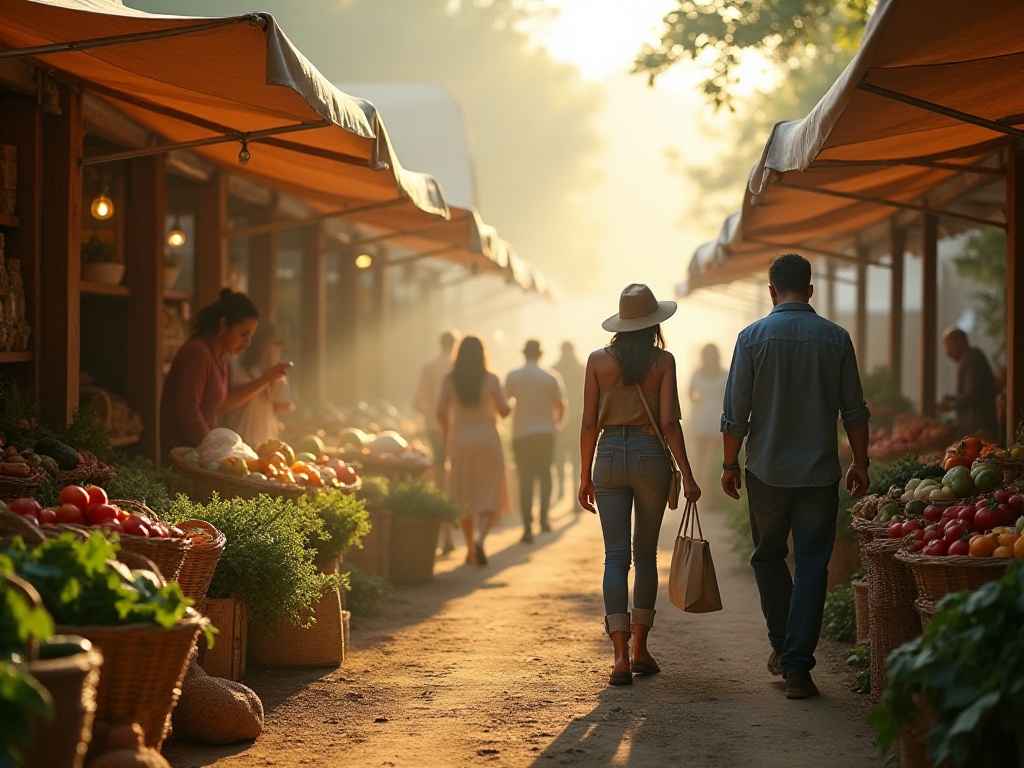
Daily Substitutions
Let's talk about replacing those wasteful single-use items in our daily lives. The most basic change is carrying your own water bottle and coffee cup! While this sounds incredibly simple, did you know that if someone buys one takeaway coffee daily, the cups alone generate 23 kg of waste per year? That's no small amount!
My essential "eco-friendly trio" includes: a thermal bottle, a portable coffee cup, and a foldable cutlery set. The thermal bottle works great for hot water in winter and cold drinks in summer. The portable coffee cup is specially chosen for its compact size with a silicone lid - it's just palm-sized when collapsed and fits easily in my bag. The cutlery set includes a pair of chopsticks, a spoon, and a foldable straw, all made of stainless steel for durability.
This entire set cost less than $100, but the savings are substantial. Many coffee shops offer discounts for bringing your own cup, some up to $5 off! The same goes for bubble tea shops, and I've found that drinks stay at the right temperature much longer in my own cup compared to disposable ones.
I also carry a small handkerchief. I used to think tissues were more convenient, but handkerchiefs work great for wiping hands and sweat, and they're washable, making them both eco-friendly and hygienic. I keep two in my bag - a cotton one for hands and a microfiber one for sweat, completely replacing tissues.
In the bathroom, I've switched to washable makeup remover pads that can go straight into the washing machine. My toothbrush is now bamboo - when it's worn out, it goes straight into my plant pots as fertilizer, eliminating waste entirely. For skincare products, I try to choose glass packaging that can be repurposed for storage.
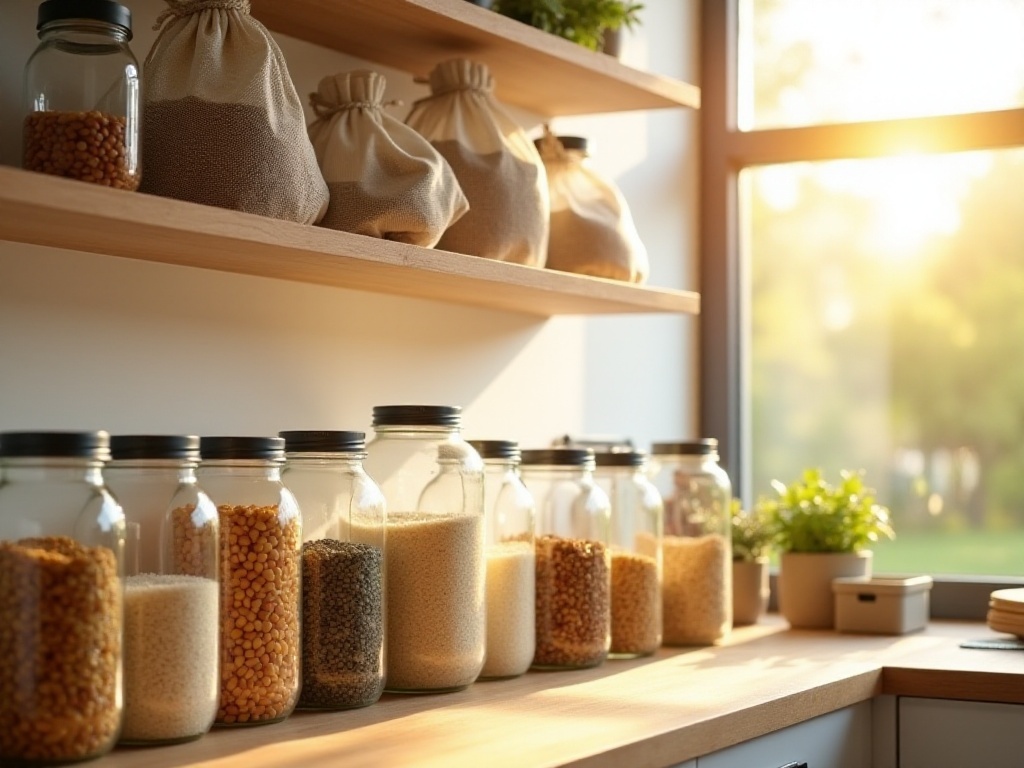
Kitchen Wisdom
The kitchen is definitely ground zero for zero-waste living! My proudest innovation is my balcony composting system. When I first started this, my mom was worried it would smell terrible. But with proper moisture control, ventilation, and enough dry leaves, there's no odor at all. We've reduced our kitchen waste by 80%, and every few months we get a batch of organic fertilizer - my succulents are thriving!
I've developed a great system for keeping food fresh. First, I replaced all plastic wrap with beeswax wraps and glass containers. While a beeswax wrap costs twenty to thirty yuan, it lasts over a year with proper care and is easy to clean. Glass containers are even more versatile - perfect for leftovers and microwave-safe heating.
Stocking up is also an art. I now plan my grocery shopping in advance to avoid buying too much that might spoil. I have a dedicated clear container in the fridge for items that need to be used first, so nothing gets forgotten. Fruits and vegetables are stored separately according to their needs - for example, tomatoes and bananas can't be stored together as bananas speed up the ripening of other fruits.
I particularly want to discuss handling leftovers. I used to think leftover rice wasn't tasty and would often throw it away. Now I know how to transform leftovers into treasures - leftover rice becomes fried rice or rice balls, and leftover vegetables can be used in sandwiches or spring roll fillings, tasting just as good as fresh-made!
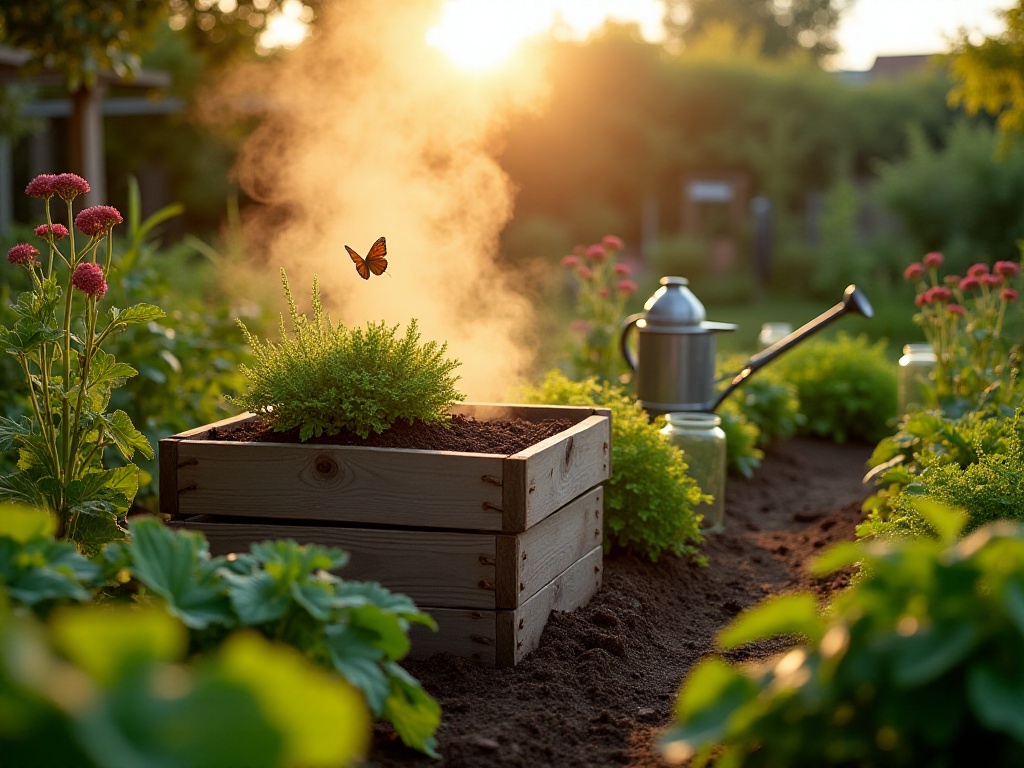
Continuous Improvement
Zero-waste living isn't achieved overnight - it takes time. I suggest starting with small goals, like focusing on reducing plastic bag usage for the first month. Once that becomes a habit, move on to the next step. That's how I did it, starting with the simple act of bringing shopping bags, then gradually expanding to other areas.
I highly recommend doing a "waste audit" - tracking what waste you generate for a week. This helps you identify areas for improvement in your consumption habits. During my first audit, I discovered that takeout packaging alone made up 40% of my waste! This discovery led me to change my dining habits - now I mostly cook at home or dine in restaurants, which is both more eco-friendly and cost-effective.
Throughout this process, I've discovered many unexpected benefits. Cooking at home isn't just healthier - it's also a new skill. Bringing my own water bottle isn't just eco-friendly - it means I always have water at the perfect temperature. Using reusable shopping bags isn't just environmental - they're also more durable and never break.
Zero-waste living has also connected me with like-minded friends. We often exchange tips and share our eco-friendly tricks. Sometimes when I post about my zero-waste experiences on social media, I receive lots of positive feedback - that feeling of recognition is really wonderful!
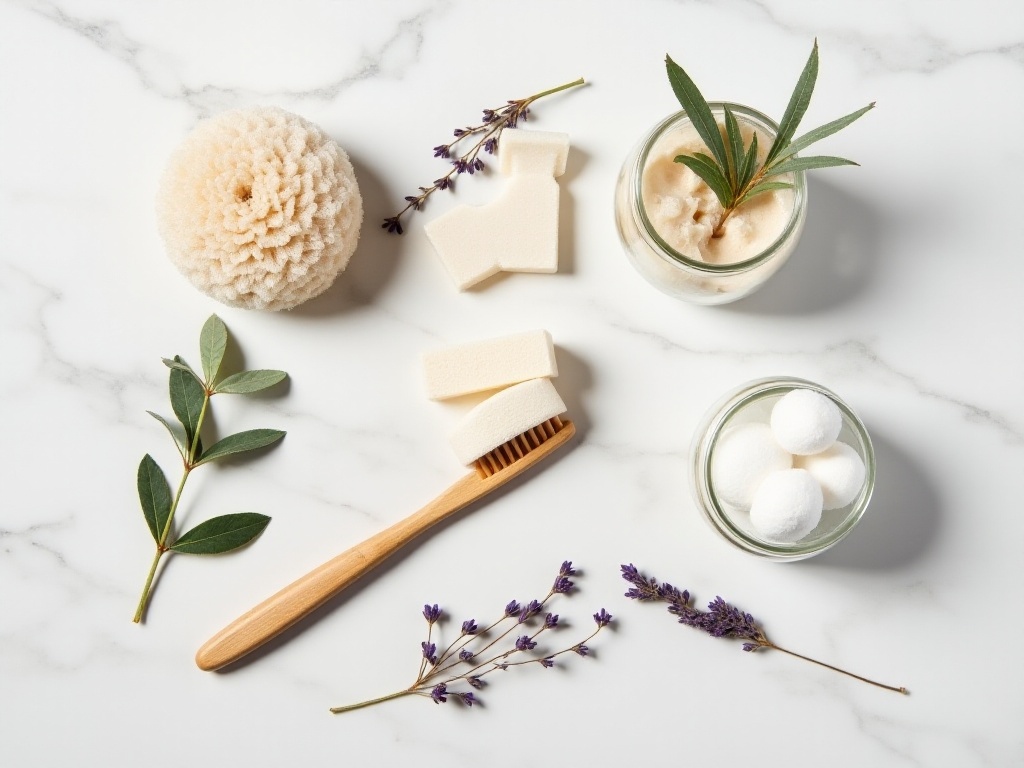
Friendly Reminder
Zero-waste living is like running a marathon - consistency matters more than immediate perfection. If you want to start this journey, begin with the simplest things, like carrying a water bottle. Remember, every small change matters because these changes add up to create amazing results.
Zero-waste living isn't about producing absolutely no waste - it's about reducing unnecessary waste within our capabilities. Through these seemingly small changes, each of us can contribute to environmental protection. Most importantly, this lifestyle isn't just eco-friendly - it makes our lives more refined and meaningful.
Remember, change doesn't need to happen all at once - gradual progress is the key. Start today with simple actions like turning off lights and bringing your own shopping bags! Through these small accumulations, you too can become a lifestyle expert!


